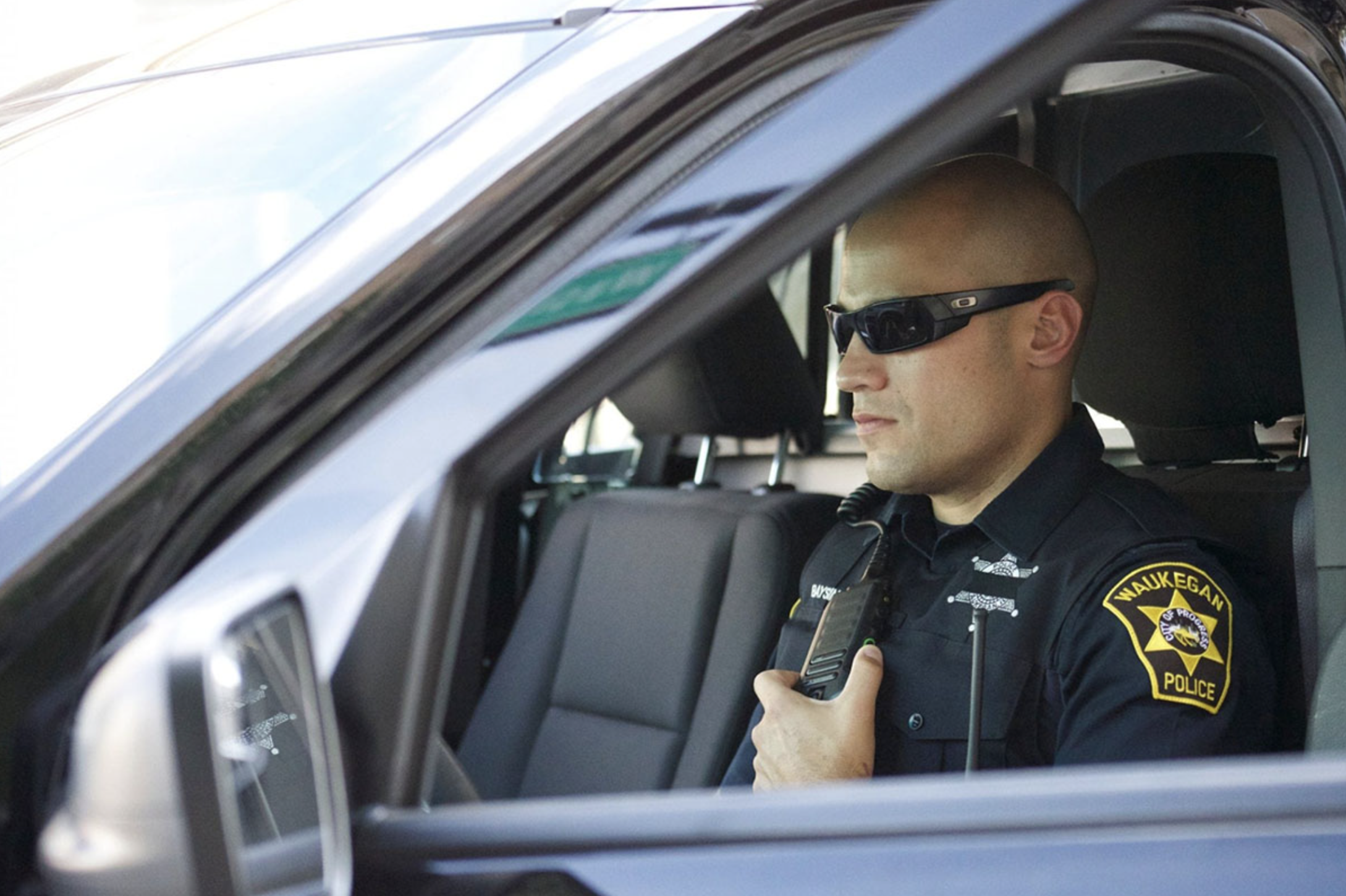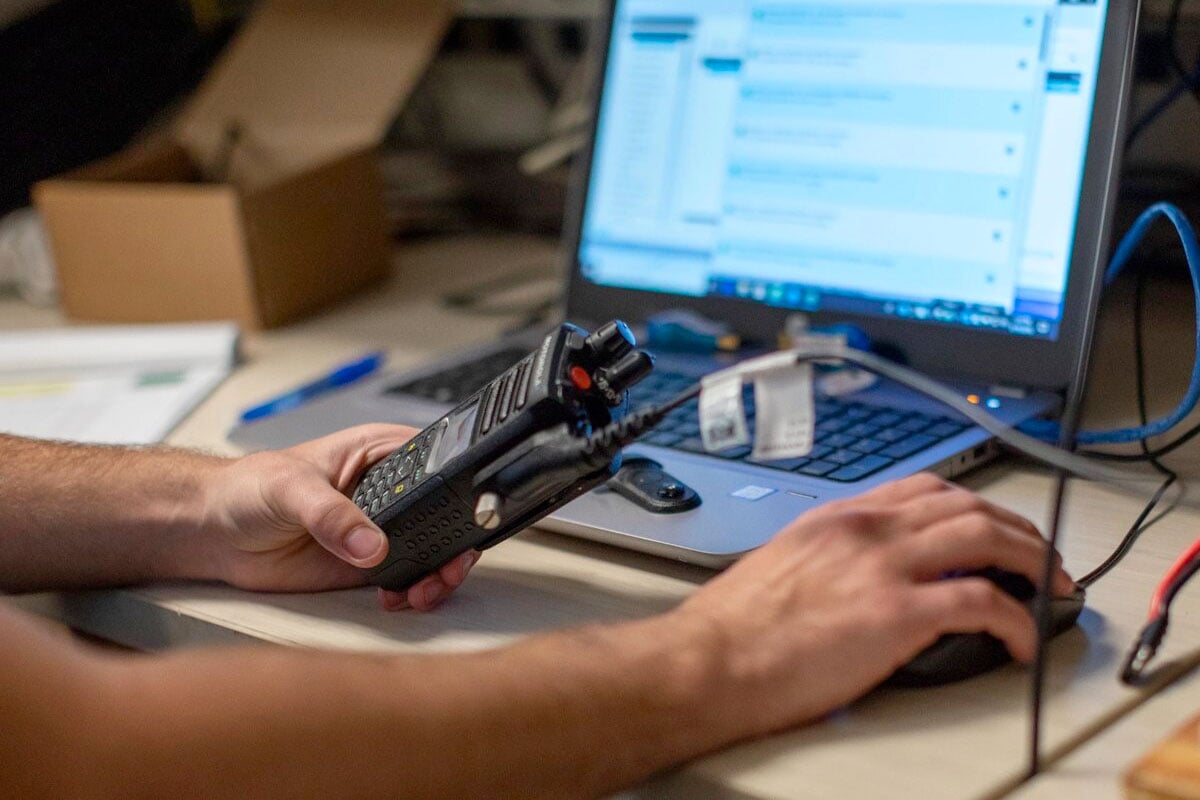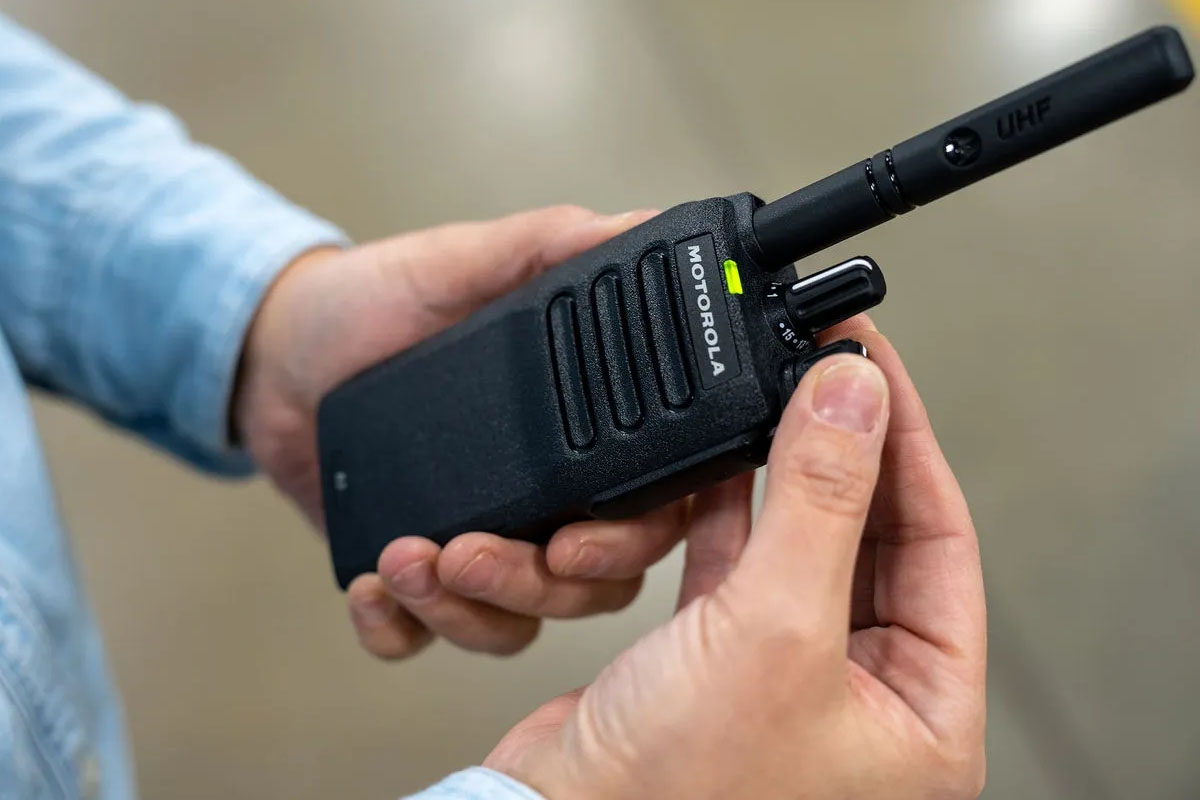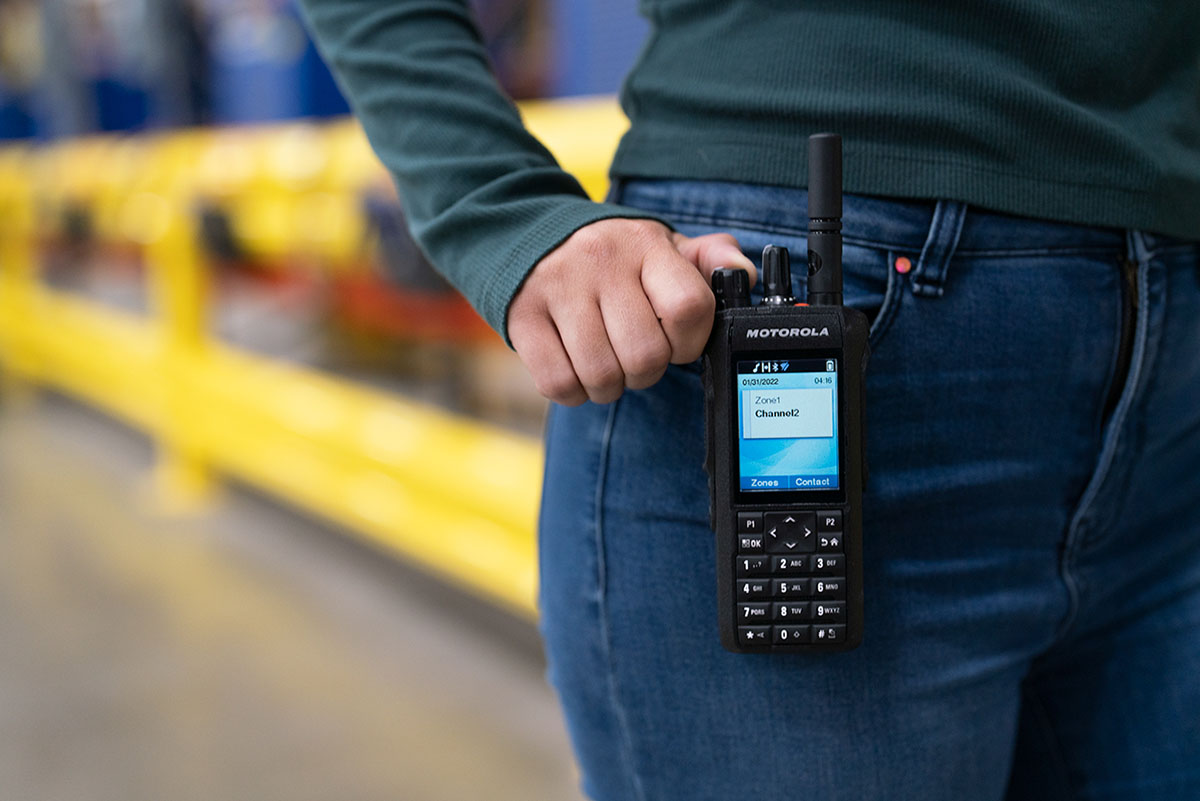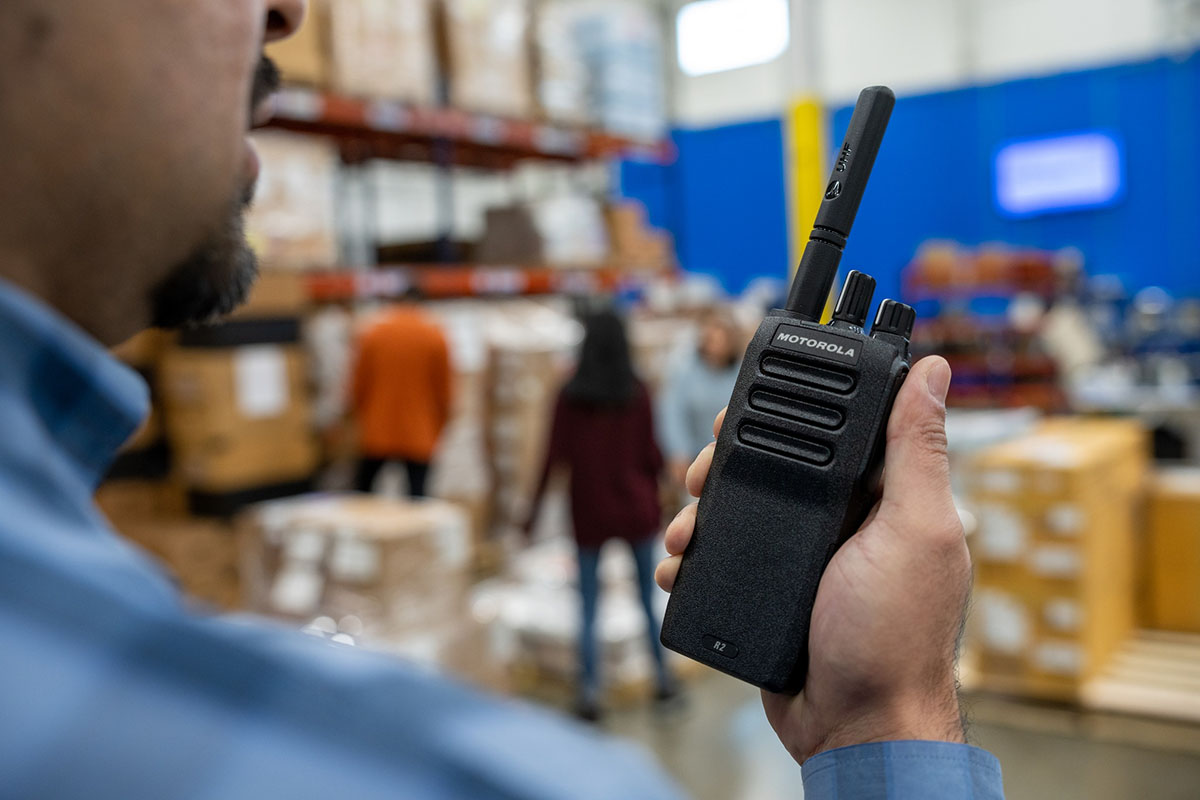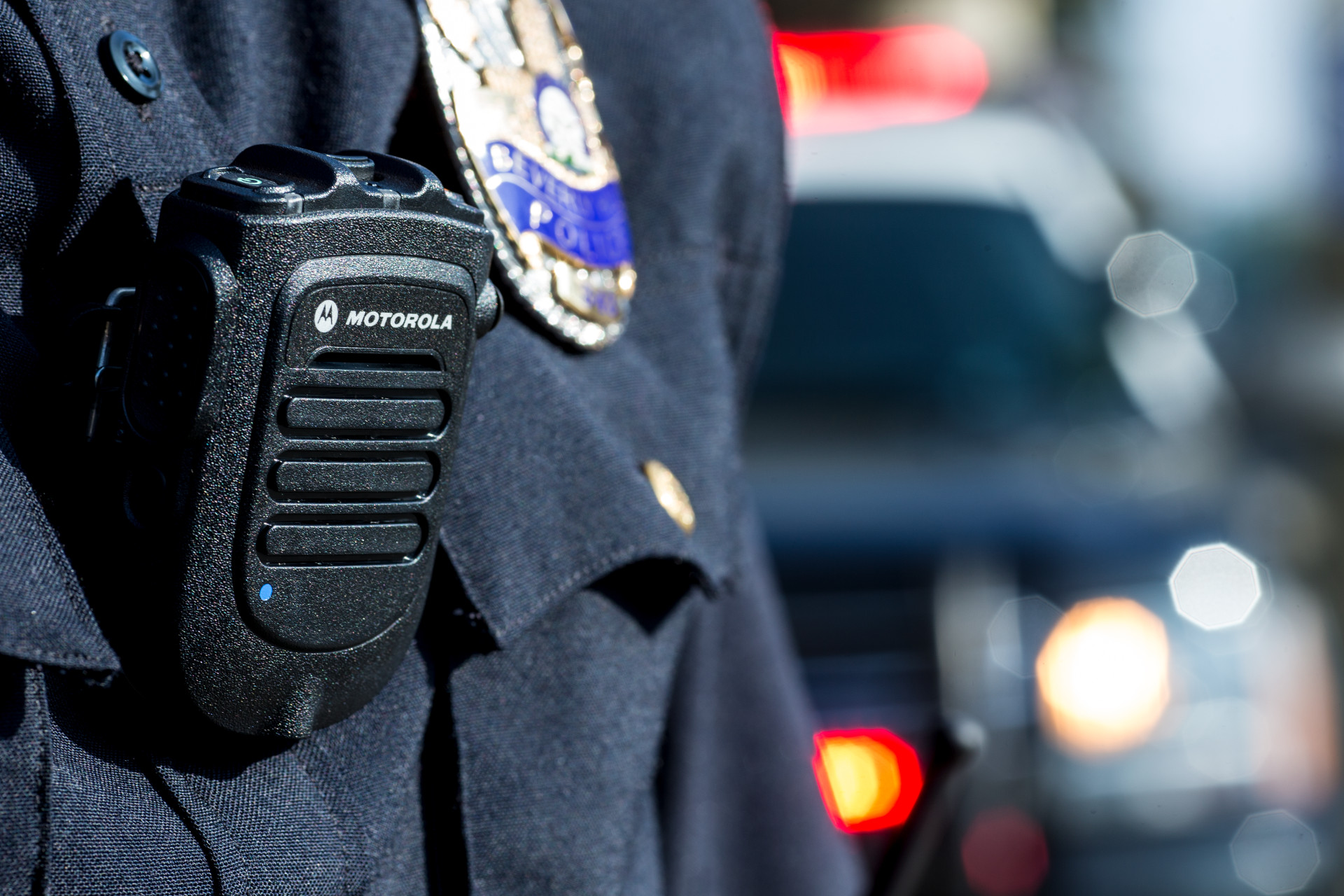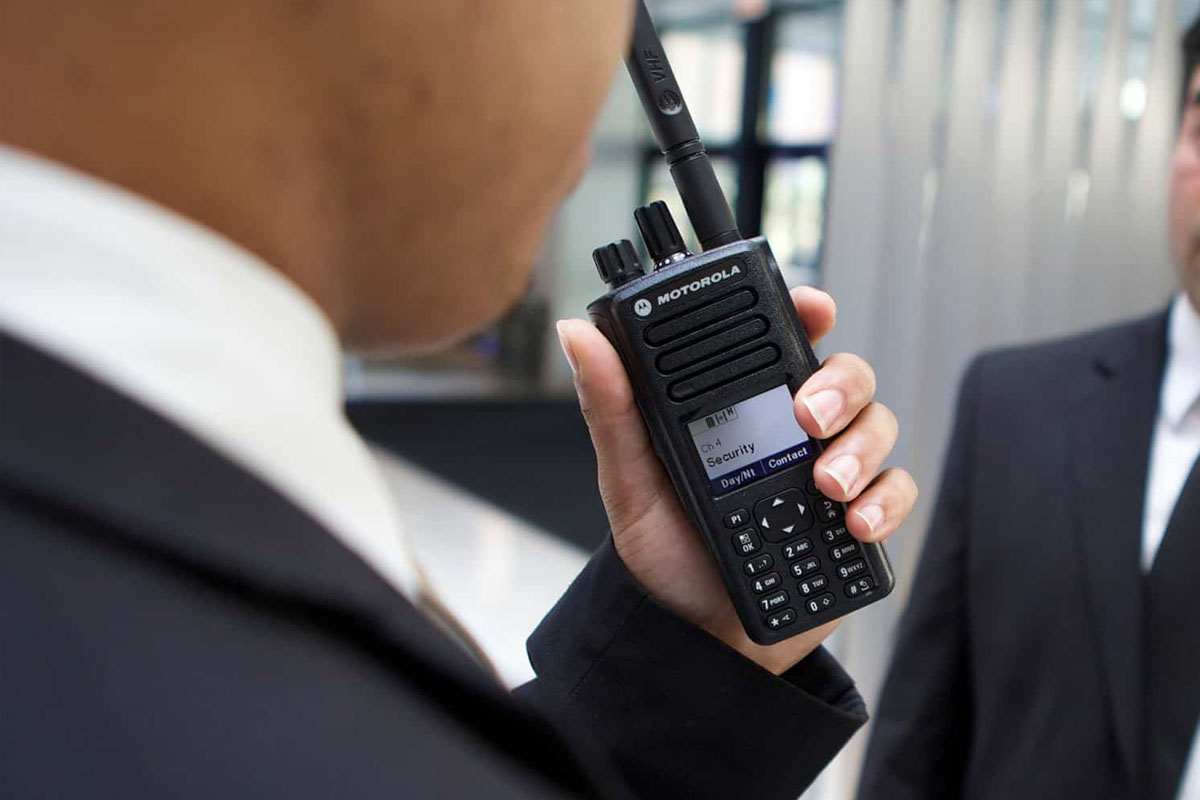For years, radio users had their own language - 10 codes. The lingo filtered into popular culture, and even folks who didn’t use two-way radios would say “10-4” to mean “affirmative.”
Despite their continued use in some industries and law enforcement, codes and other jargon terms are being abandoned in favor of what is called “plain language.”
As early as 2006, the National Incident Management System (NIMS) ALERT wrote: “While the NIMS Integration Center does not require plain language for internal operations, it strongly encourages it, as it is important to practice everyday terminology and procedures that will need to be used in emergency incidents and disasters. NIMS implementation is long-term, and persuading everyone to change ingrained habits overnight is probably impossible. But we do hope that over time, everyone will understand the importance of using common terminology, that is, plain language, every day.”
What are these “ingrained habits,” and how important are they in today’s two-way radio communication?

